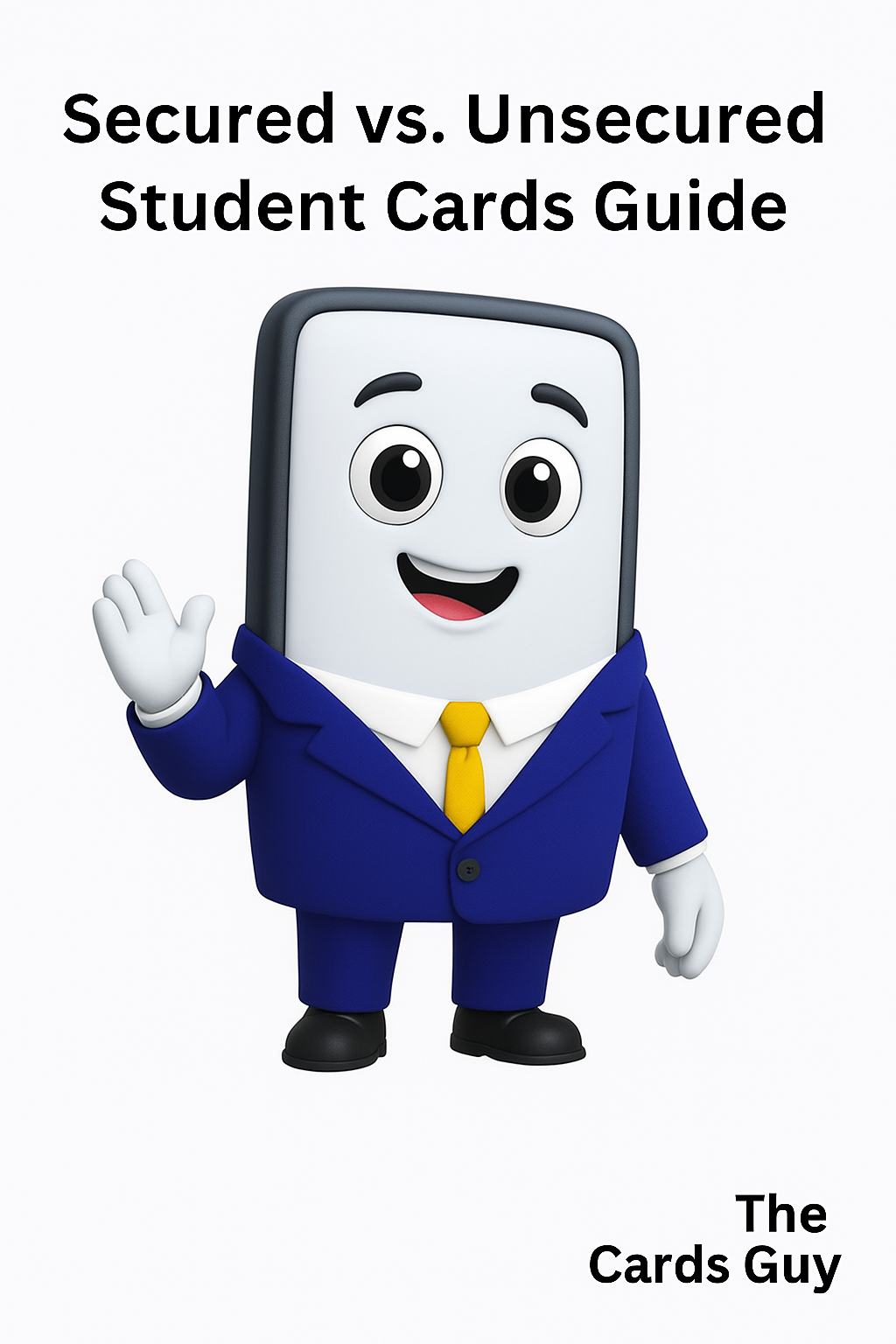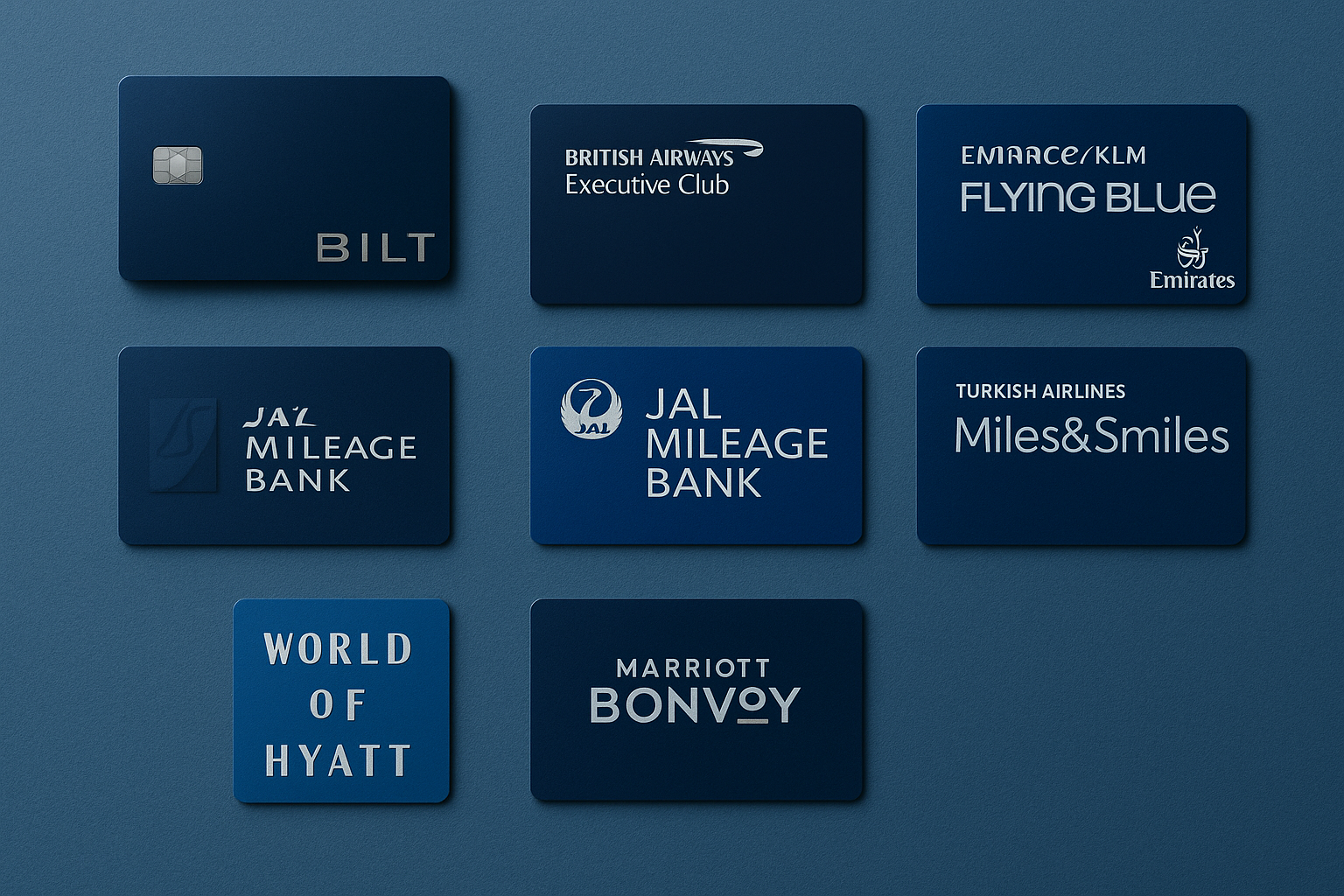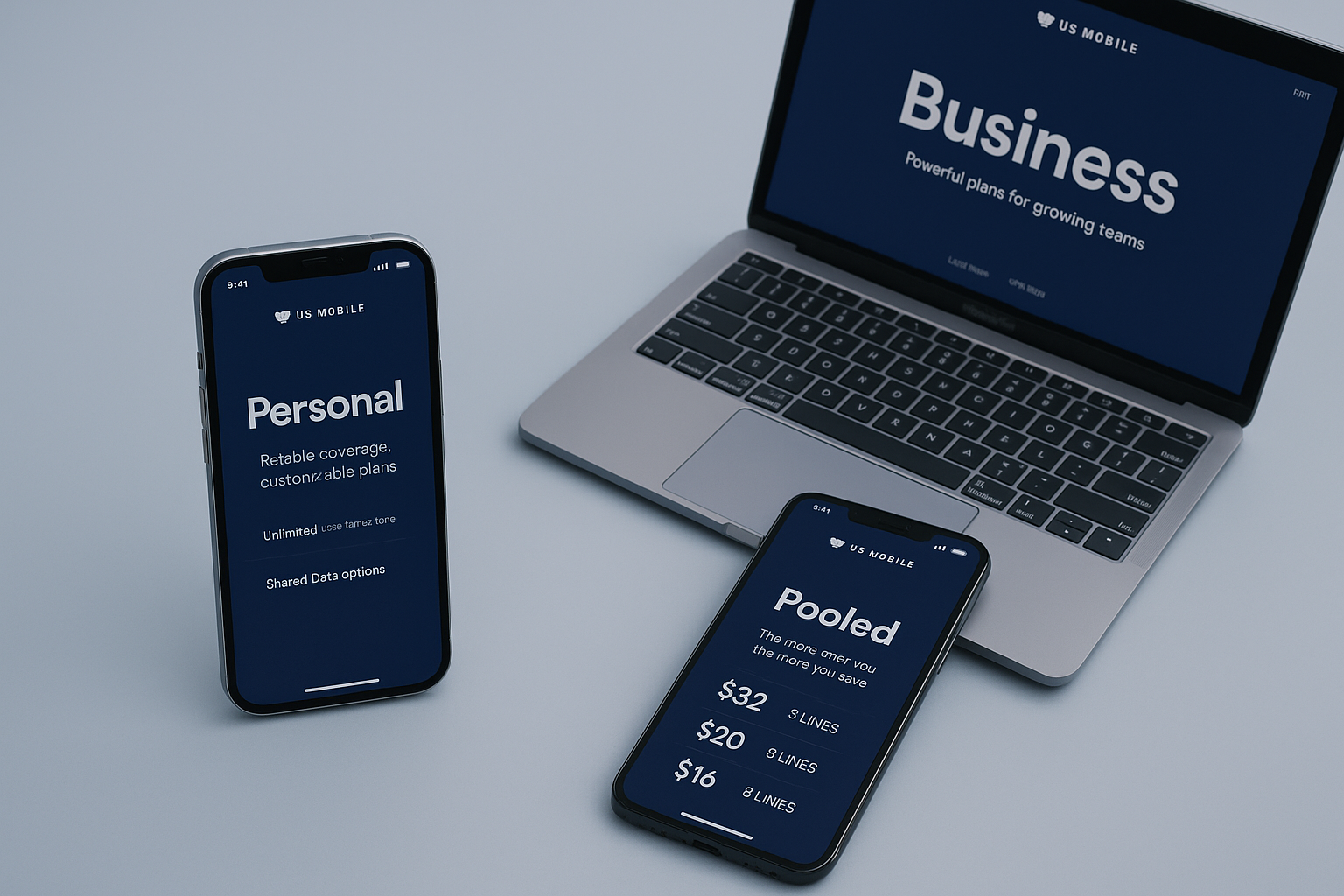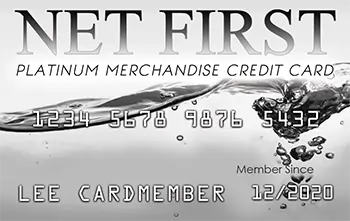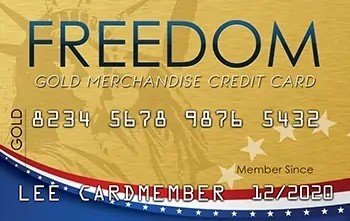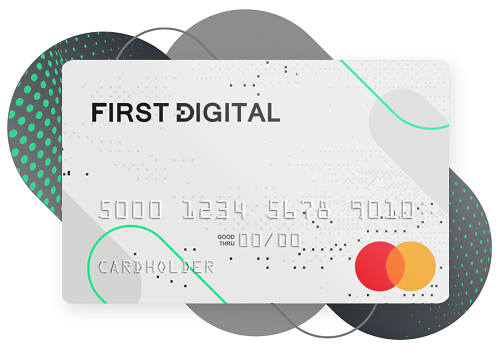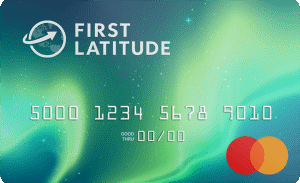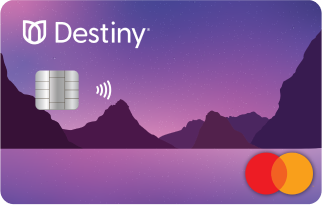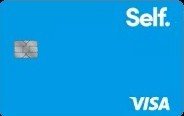Hi, I’m Karl Brown, and I’ve been through the maze of student credit card options. One of the biggest questions I faced when starting out was: Should I go for a secured card or an unsecured student card? If you’re asking the same, this guide is for you.
Why This Matters for First-Time Credit Builders
Building credit early can help you qualify for apartments, car loans, and even job opportunities. But the type of card you choose at the beginning can make a big difference. Let’s break down what each one is and who it’s best for.
What Is a Secured Credit Card?
A secured credit card requires a refundable deposit (usually $200–$500) that acts as your credit limit. It’s ideal for students with no credit history or those who may not qualify for a regular unsecured card.
Pros:
- Easier approval: Especially useful if you’ve been denied an unsecured card
- Credit building: Reports to all three major bureaus
- Control over spending: Credit limit is tied to your deposit, helping prevent debt
Cons:
- Upfront deposit required: Not always feasible for students on a tight budget
- Limited perks: Fewer rewards or benefits compared to unsecured cards
What Is an Unsecured Student Credit Card?
These are regular credit cards designed specifically for students. They don’t require a deposit and often come with basic rewards.
Pros:
- No deposit: You can start building credit without locking up money
- Rewards and perks: Many offer cash back or points
- Credit limit flexibility: Typically higher than secured cards
Cons:
- Harder to get: May require some income or a decent approval profile
- Temptation to overspend: Easier access to credit can be risky
Side-by-Side Comparison Table
| Feature | Secured Card | Unsecured Student Card |
| Deposit Required | Yes | No |
| Approval Difficulty | Easier | Moderate |
| Credit Building | Yes | Yes |
| Rewards | Rare or minimal | Often includes cash back |
| Risk of Overspending | Lower (limited credit) | Higher (more credit available) |
| Best For | Students with no credit or low income | Students with some financial history |
Recommended Cards
Secured Options:
Unsecured Student Options:
My Personal Advice
When I started out, I didn’t have any credit or much income. A secured card was my gateway. Within a year of consistent payments, I was eligible to upgrade to an unsecured card with rewards.
If you have no credit or limited income, start with a secured card. If you already have a checking account, part-time job, or are an authorized user on someone else’s card, try pre-qualifying for a student card.
FAQs
What is the main difference between secured and unsecured student cards?
Secured cards require a deposit and are easier to get; unsecured cards offer rewards but require stronger approval criteria.
Can I upgrade from a secured card to an unsecured one?
Yes. Many issuers review your account after 6–12 months of on-time payments and may offer an upgrade.
Do both types help build credit?
Absolutely. As long as the card reports to all three credit bureaus and you use it responsibly.
What if I get denied for both?
Try alternative credit cards like Petal® 2 that look at cash flow instead of credit scores. Or reapply after 3–6 months of improved financial activity.
Final Take
Whether you choose a secured or unsecured student credit card, what matters most is how you use it. Pay on time, keep your balances low, and build healthy habits. Start smart, and you’ll be setting yourself up for long-term financial success.


